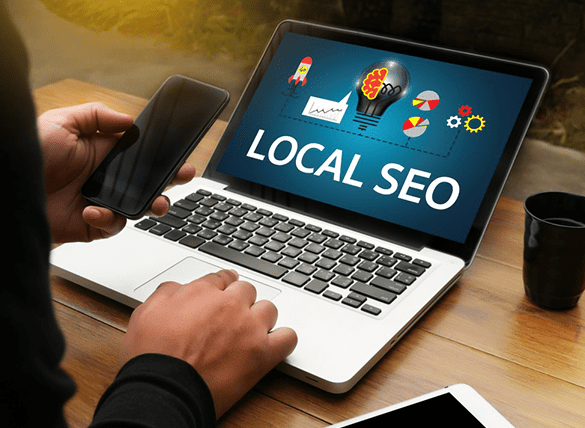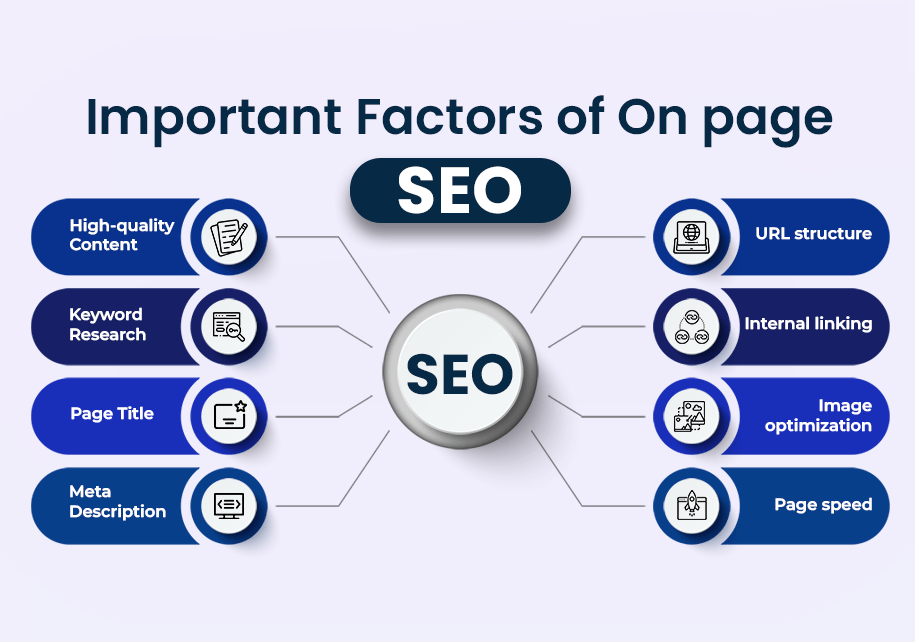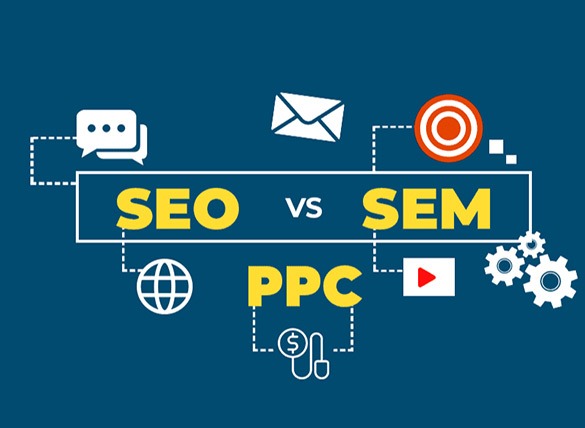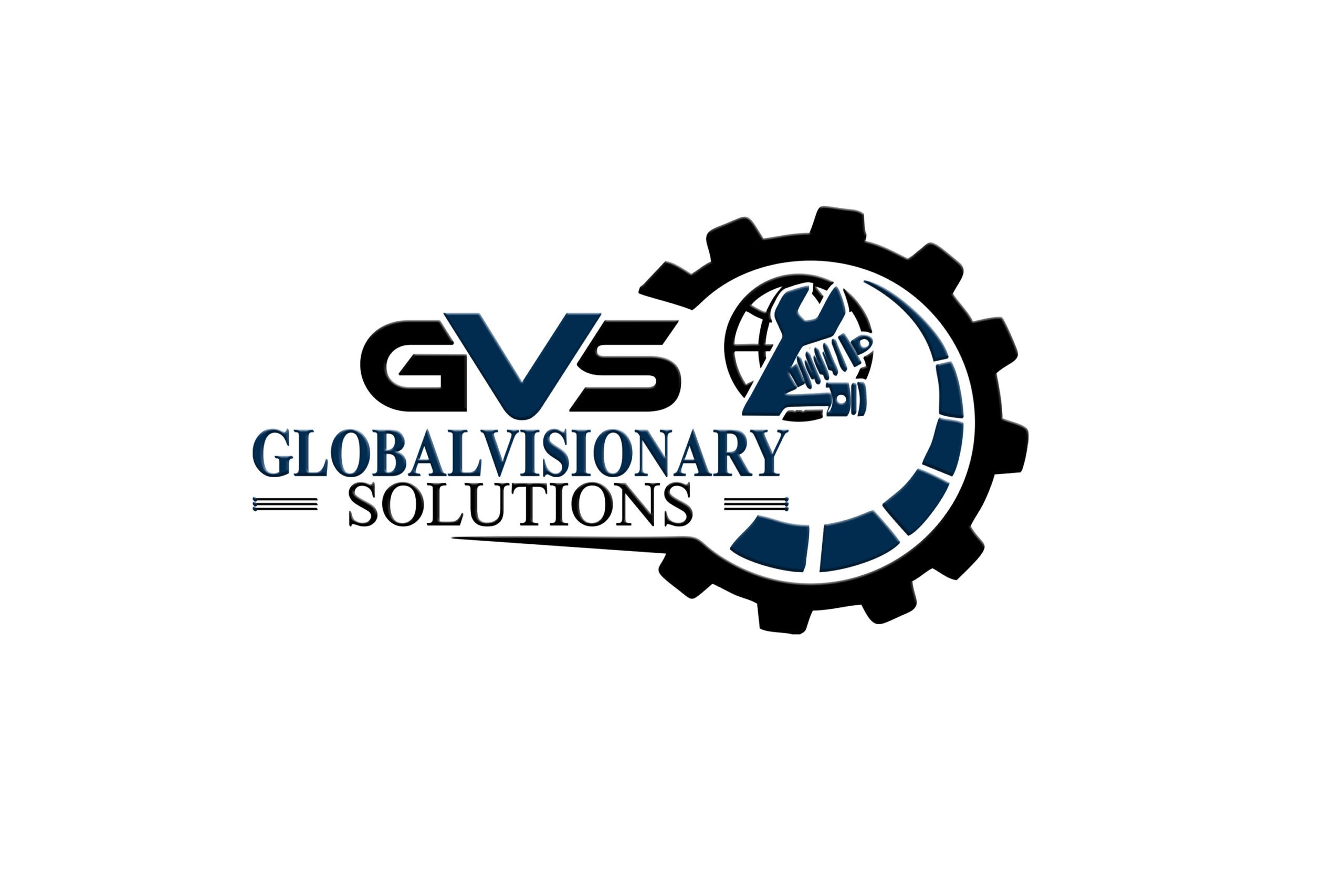Search Engine Organization
Social Media Optimization: Maximizing Your Online Presence
In today’s digital landscape, social media optimization (SMO) is an essential strategy for businesses looking to enhance their online presence and engage with their audience effectively. SMO involves using social media platforms to increase awareness, generate leads, and drive traffic to your website. This article will explore the key components of social media optimization, including Local SEO, SEO, and Paid Marketing/PPC/Google Adwords. Each of these elements plays a crucial role in creating a comprehensive and effective online marketing strategy.


Local SEO
A website’s optimization for local search results is the primary objective of local search engine optimization, or SEO. This is particularly important for businesses that operate in specific areas and want to attract local customers.
Key Features of Local SEO
- Google My Business: One of the most critical aspects of local SEO is claiming and optimizing your Google My Business (GMB) listing. Your presence in local search result and on Google Maps can be greatly improved a well-optimized GMB profile.
- Local Keywords: Incorporating local keywords into your website content, meta descriptions, and titles is essential for ranking in local searches. Keywords should include your city, region, or other relevant geographic identifiers.
- NAP Consistency: Ensuring that your Name, Address, and Phone Number (NAP) are consistent across all online platforms, including your website, social media profiles, and online directories, is crucial for local SEO.
- Customer Reviews: Positive customer reviews on platforms like Google, Yelp, and Facebook can boost your local search rankings. To establish credibility and trust, invite happy clients to post reviews and make sure you answer them right away.
Benefits of Local SEO
Local SEO is vital for businesses like restaurants, retail stores, service providers, and other local enterprises. It helps in attracting nearby customers who are likely to visit your physical location, thereby increasing foot traffic and sales. By optimizing for local search, you can stand out in your community and gain a competitive edge.
SEO (Search Engine Optimization)
The practice of making your website more optimized to appear higher for relevant keywords in search engine results pages (SERPs) is known as SEO. Good SEO improves your internet exposure and drives more natural traffic to your website.
Key Features of SEO
- On-Page SEO: To do this, each web page must be optimized to appear higher in search results. Key elements include high-quality content, keyword optimization, meta tags, header tags, and internal linking.
- Off-Page SEO: Off-page SEO focuses on building authority and credibility through external factors such as backlinks from reputable websites, social media signals, and online mentions.
- Technical SEO: By ensuring that your website satisfies search engines’ technological criteria, technical SEO guarantees this. This covers mobile friendliness, structured data, XML sitemaps, and site speed optimization.
- Content Marketing: High-quality, relevant content is the backbone of SEO. Regularly publishing blog posts, articles, videos, and other content that addresses the needs and interests of your target audience can boost your search rankings and engage visitors.

Benefits of SEO
SEO is essential for driving organic traffic to your website, improving your search engine rankings, and increasing your online visibility. A well-executed SEO strategy can lead to sustained long-term growth, higher conversion rates, and a better return on investment (ROI) compared to other marketing methods.

Paid Marketing/PPC/Google AdWords
Paid marketing, also known as pay-per-click (PPC) advertising, involves paying for ads to appear on search engines and other platforms. Google AdWords (now Google Ads) is one of the most popular PPC platforms, allowing businesses to bid on keywords and display ads to users searching for related terms.
Key Features of Paid Marketing
- Keyword Research: Identifying the right keywords to bid on is crucial for a successful PPC campaign. Tools like Google Keyword Planner can help you find high-traffic, relevant keywords.
- Ad Creation: Crafting compelling ad copy that attracts clicks is essential. Your ads should include a clear call-to-action (CTA), relevant keywords, and highlight the unique value proposition of your product or service.
- Landing Pages: Conversions depend on driving traffic to optimized landing pages that complement the advertisement’s purpose. Make sure your landing pages are relevant, easy to navigate, and have a compelling call to action.
- Bid Management: Making the most of your advertising money is guaranteed with efficient bid management. Pay close attention to performance metrics like as click-through rates (CTR), cost per click (CPC), and conversion rates and modify bids accordingly on a regular basis.
Benefits of Paid Marketing
Paid marketing offers immediate visibility and can drive significant traffic to your website quickly. It allows for precise targeting based on demographics, location, and user behavior, ensuring that your ads reach the right audience. PPC campaigns are highly measurable, providing detailed insights into performance and ROI, which can be used to refine and optimize your strategy over time.
PPC, SEO, and local SEO with SMO
For a holistic approach to online marketing, it’s essential to integrate SMO with Local SEO, SEO, and PPC. Here’s how you can create a cohesive strategy:
- Cross-Promote Content: To increase website traffic and spread the word about your SEO-optimized content, use social media. To improve visibility and engagement, share blog entries, videos, and other content on your social media networks.
- Local Engagement: Engage with your local audience on social media by sharing local news, events, and community activities. Encourage followers to leave reviews and check in at your business, enhancing your local SEO efforts.
- Paid Social Ads: Utilize paid social media advertising to complement your PPC campaigns. Platforms like Facebook, Instagram, and LinkedIn offer advanced targeting options that can help you reach specific segments of your audience.
- Data Analysis: Analyze data from your SEO, PPC, and social media campaigns to identify trends, measure performance, and adjust your strategies accordingly. Use tools like Google Analytics, social media insights, and PPC reports to gain a comprehensive understanding of your marketing efforts.

Conclusion
Social media optimization, when integrated with Local SEO, SEO, and paid marketing strategies like PPC and Google AdWords, can significantly enhance your online presence and drive meaningful results for your business. By leveraging the strengths of each component, you can create a robust and effective online marketing strategy that attracts, engages, and converts your target audience.
Whether you’re a small local business or a large enterprise, investing in these digital marketing strategies will help you stay competitive, reach new customers, and achieve your business goals in the ever-evolving digital landscape.

